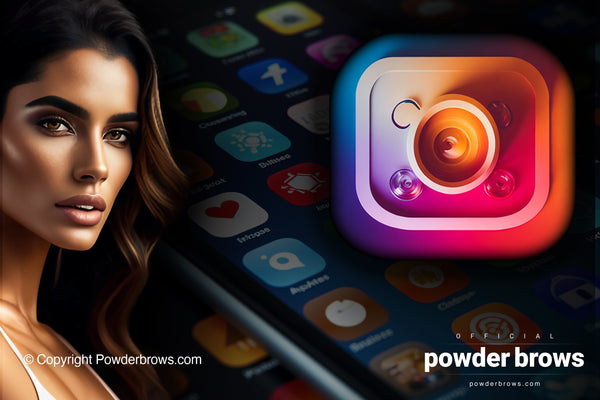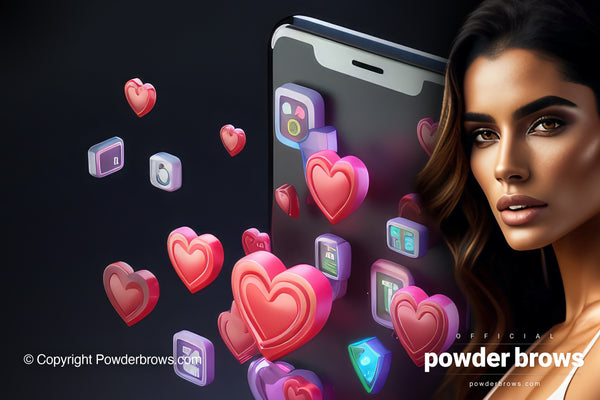2. Reluctance to Embrace Self-Promotion
Many artists find the concept of active self-promotion challenging, and there are valid reasons for this hesitance. Most artistic people, including brow artists and Powder brow specialists, have unique qualities: they're open to new ideas, have a strong aesthetic sense, and often exhibit an entrepreneurial attitude. Many are also somewhat extroverted. While these traits contribute to their artistic skill, they can create a dilemma regarding self-promotion. Many artists wish their work would speak for itself, believing that the quality of their art should attract clients naturally. However, the truth is that self-promotion is often the first step to gaining visibility and attracting clients in the beauty industry. This creates a challenge for artists more at home in the creative process than in the marketing spotlight.
The artists we interviewed often admitted they initially believed that significant work would speak loudly enough for itself, eliminating the need to "push themselves as a brand." In reality, that approach often falls short. To truly succeed, one must also promote one's personal brand.





